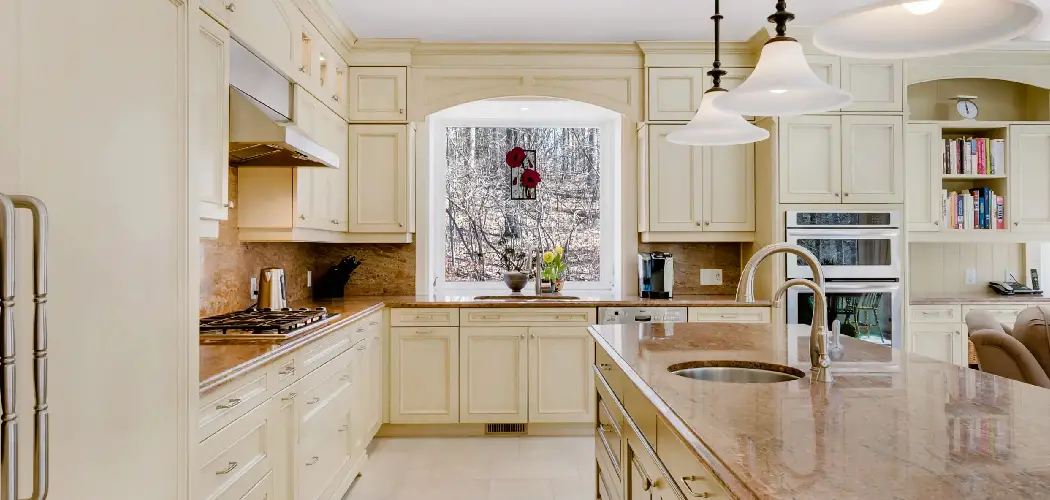Finishing cabinet ends is an essential step in cabinetry that enhances the overall appearance and protects the wood. Whether you’re upgrading existing cabinets or starting a new project, understanding the right techniques and materials is crucial for achieving a professional look.
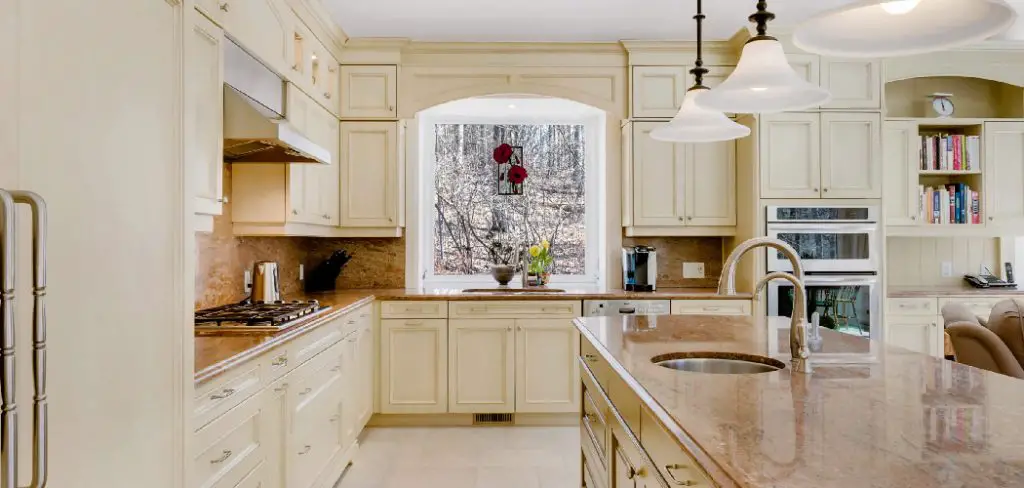
With a variety of options available—ranging from veneers to end panels, and paint to stain—choosing the right finish can transform your cabinets from ordinary to extraordinary. This guide will walk you through how to finish cabinet ends, ensuring durability and aesthetic appeal.
The Importance of Finishing Cabinet Ends
The finishing of cabinet ends is more than just a decorative touch; it plays a vital role in the longevity and functionality of your cabinetry. Properly finished ends protect the wood from moisture, which can cause warping or rotting over time. This protection is particularly crucial in kitchens and bathrooms, where steam and splashes are common.
Additionally, a well-finished cabinet end contributes to the overall design cohesion of a space, providing a polished and seamless look that complements the rest of your cabinetry. By dedicating attention to these details, you can ensure that your cabinets not only look great but also stand the test of time.
Types of Cabinet End Finishes
When it comes to finishing cabinet ends, homeowners and designers have a variety of options to suit different styles and preferences. Each type of finish offers its own unique aesthetic and level of protection, making it important to choose the right one for your needs.
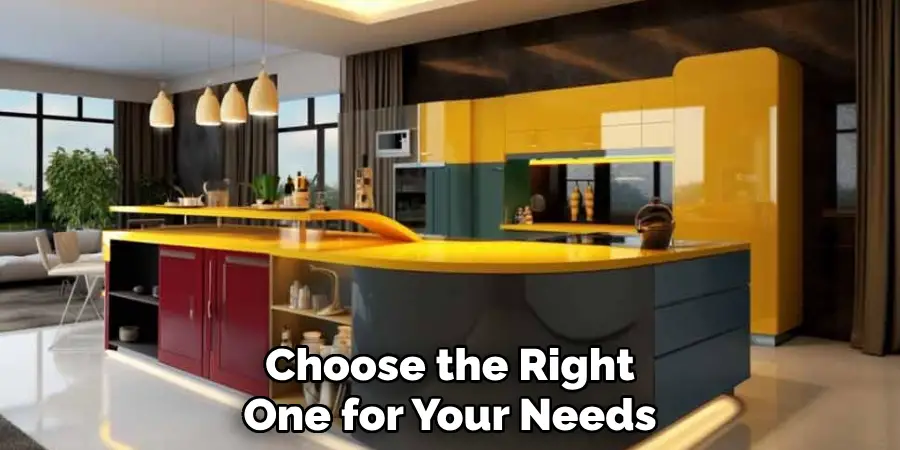
Veneers
Veneers are thin slices of wood or other materials that can be applied to cabinet ends to create an attractive, wood-like appearance without the expense of solid wood. They are available in numerous wood species and designs, providing flexibility in matching your preferred décor.
End Panels
End panels are decorative finishes that cover the exposed sides of cabinet ends, offering a more polished and uniform look. They are often designed to match the cabinet fronts and can be made from materials such as wood, MDF, or laminate.
Paint
For a bold and customizable option, painting the cabinet ends allows for a wide range of colors and finishes, from matte to glossy. Painted finishes can easily be updated over time and are a great way to incorporate trendsetting hues into your space.
Stain
Staining enhances the natural beauty of wood grain while providing protection against moisture and wear. Stains are available in transparent or semi-transparent options, allowing the wood’s texture to shine through while offering a variety of color choices.
Laminates
Laminates are a cost-effective and durable finishing option, often used in high-traffic areas. Available in an array of colors and patterns, laminates can mimic the look of wood, metal, or stone, allowing for creative design possibilities.
By understanding the characteristics of each type of cabinet end finish, you can select the one that best aligns with your design vision and the functional demands of your space.
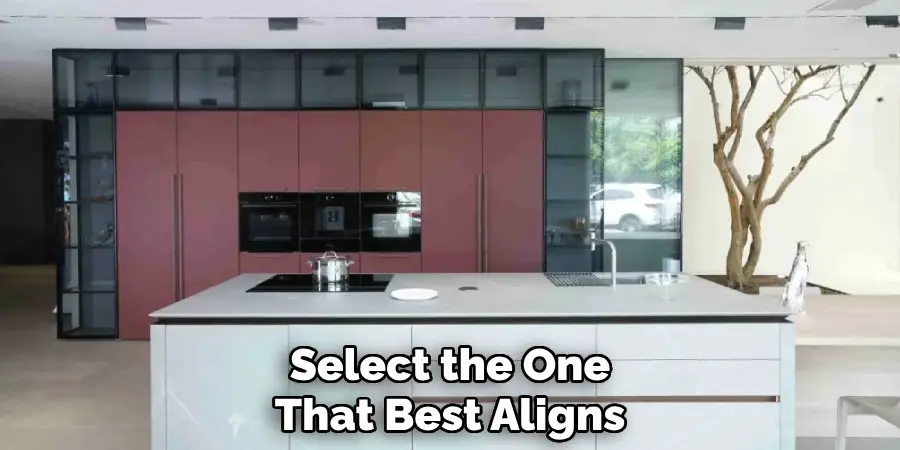
Preparation for Finishing Cabinet Ends
Before you begin finishing the cabinet ends, proper preparation is essential to ensure the best results. Start by cleaning the cabinet surfaces thoroughly to remove any dust, grease, or old finish residues that could interfere with adhesion.
Use a mild detergent or wood cleaner and a soft cloth to wipe down the surfaces. Once clean, inspect the cabinet ends for any bumps, scratches, or imperfections. Sand them smooth using a fine-grit sandpaper, following the wood grain to avoid scratches.
Be sure to fill any gaps or holes with wood filler, allowing it to dry completely before sanding it flush with the surface. After sanding, cabinet doors wipe the surfaces again with a tack cloth to remove any lingering dust particles. This meticulous preparation will create a pristine base for your chosen finish, enhancing its adhesion and durability.
10 Methods to Finish Cabinet Ends Like a Pro
1. Apply Edge Banding for a Seamless Look
Edge banding is one of the easiest and most effective ways to finish cabinet ends. It’s a thin strip of veneer or PVC that you iron or glue onto the exposed edge to create a smooth, finished surface.
- Tip: Use a utility knife to trim the excess banding and sand it lightly for a polished result.
- Why it works: Edge banding is inexpensive and comes in a variety of finishes, making it a versatile option for any design style.
2. Add Decorative Panels
Decorative panels, also called end panels, are pre-finished boards that can be attached to the cabinet ends for an upscale, cohesive look.
- Tip: Choose a panel style that matches your cabinet doors for a consistent design.
- Why it works: Decorative panels add depth and detail to your cabinets, often making them look more custom and high-end.
3. Use Painted Plywood
Painting plywood is a cost-effective way of finishing cabinet ends. It allows you to customize colors to match your interior decor.
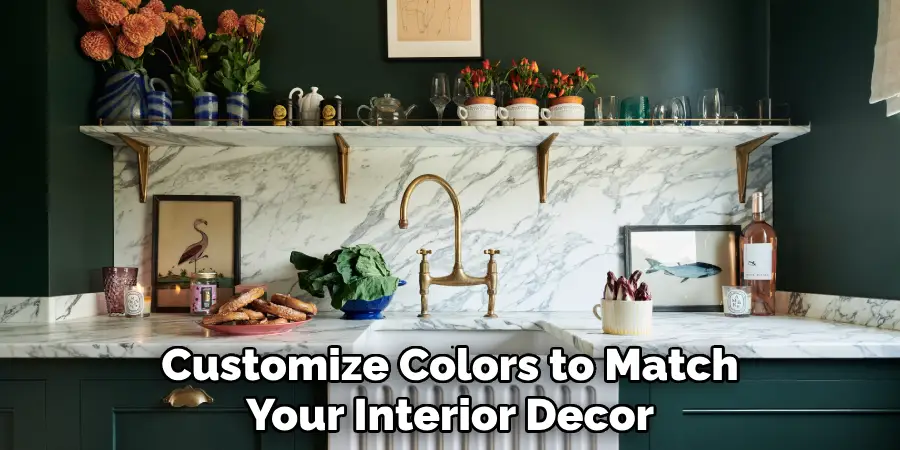
- Tip: Sand the plywood thoroughly and use a high-quality primer before painting for a durable finish.
- Why it works: This method is affordable, especially for DIY enthusiasts, and works well in both modern and traditional spaces.
4. Install Beadboard for a Classic Touch
Beadboard is a timeless option for finishing cabinet ends, especially for farmhouse or cottage-style kitchens.
- Tip: Measure and cut the beadboard precisely, then attach it using wood glue or finish nails.
- Why it works: The vertical lines of beadboard add texture and character, making it a popular choice for those aiming for a vintage look.
5. Cover Them with Contact Paper
For a temporary or budget-friendly solution, contact paper can transform cabinet ends without the commitment of permanent changes.
- Tip: Use a smooth cloth to press out air bubbles as you apply the paper for a professional look.
- Why it works: Available in a variety of colors and textures, contact paper lets you experiment with designs without breaking the bank.
6. Attach Shiplap for a Rustic Charm
Shiplap is perfect if you’re going for a rustic or coastal aesthetic. It brings texture and visual interest to an otherwise plain cabinet end.
- Tip: Secure the shiplap using brad nails or wood glue and paint it to match your design theme.
- Why it works: This method is on-trend and relatively easy to install, making it ideal for DIYers looking to make a statement.
7. Apply Veneer to Match Wood Grain
A wood veneer mimics the grain of real wood and is a great solution for matching your cabinet ends to the rest of your cabinetry.
- Tip: Use a strong adhesive and a veneer trimmer to achieve precise edges.
- Why it works: Veneers give a polished, high-quality look while being more affordable than solid wood.
8. Frame It with Moldings or Trim
Adding moldings or trim to the cabinet ends can create a refined, framed appearance that elevates your kitchen.
- Tip: Paint or stain the trim before attaching it for easier application.
- Why it works: This approach gives an architectural feel to your cabinets and works particularly well in transitional or classic home designs.
9. Stain for a Natural Look
Staining is a go-to method for showcasing the beauty of wood grain and allows you to create a cohesive wood finish across your cabinets.
- Tip: Ensure the surface is thoroughly clean and sanded before applying the stain to achieve an even finish.
- Why it works: Stains come in various shades, allowing you to find the perfect match with your existing cabinetry.
10. Create a Chalkboard End
For a fun and functional twist, transform your cabinet ends into a chalkboard surface. It’s ideal for jotting down notes, recipes, or reminders in your kitchen.
- Tip: Use high-quality chalkboard paint for durability, and sand between coats for a smooth-writing surface.
- Why it works: This is a creative and practical option, especially for families or those who love a playful touch in their kitchens.
Things to Consider When Choosing a Finish
When selecting a technique to finish your cabinet ends, it’s important to consider a few key factors to ensure you achieve the desired outcome. Firstly, assess the overall style of your kitchen or room to ensure the chosen finish complements the existing decor seamlessly.
Whether you’re aiming for a modern, rustic, or traditional look, your finish should enhance the room’s aesthetic rather than clash with it.
Secondly, consider the level of durability and maintenance required for each finish. High-traffic areas might necessitate a durable and easy-to-clean surface, while less-used spaces could allow for more delicate finishes.
Also, take into account the time and skill level needed for application—some methods may be more suitable for experienced DIYers, while others offer simplicity for beginners.
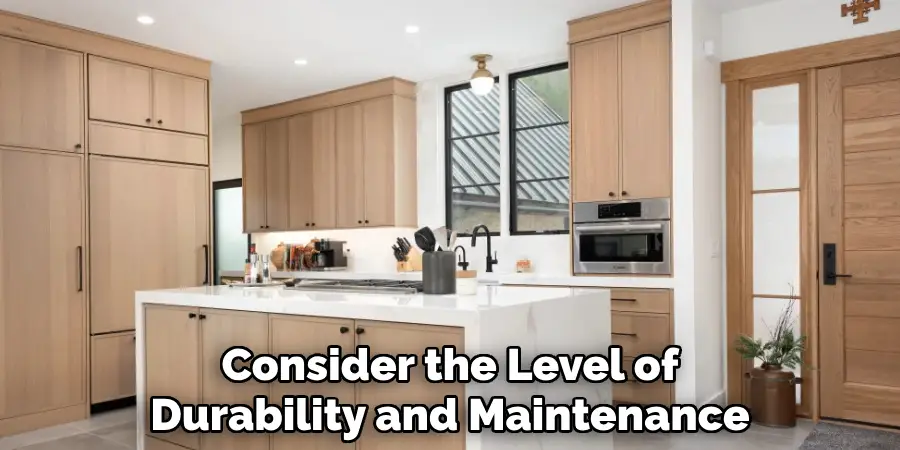
Conclusion
Finishing cabinet ends with creativity and purpose can significantly enhance the overall appearance and functionality of your kitchen or any room adorned with cabinetry. Whether you opt for the seamless simplicity of edge banding or the rustic appeal of shiplap, each method provides a unique character and enriches your space.
Remember to choose finishes that not only suit your aesthetic preferences but also withstand the demands of daily use. Thanks for reading, and we hope this has given you some inspiration on how to finish cabinet ends!

